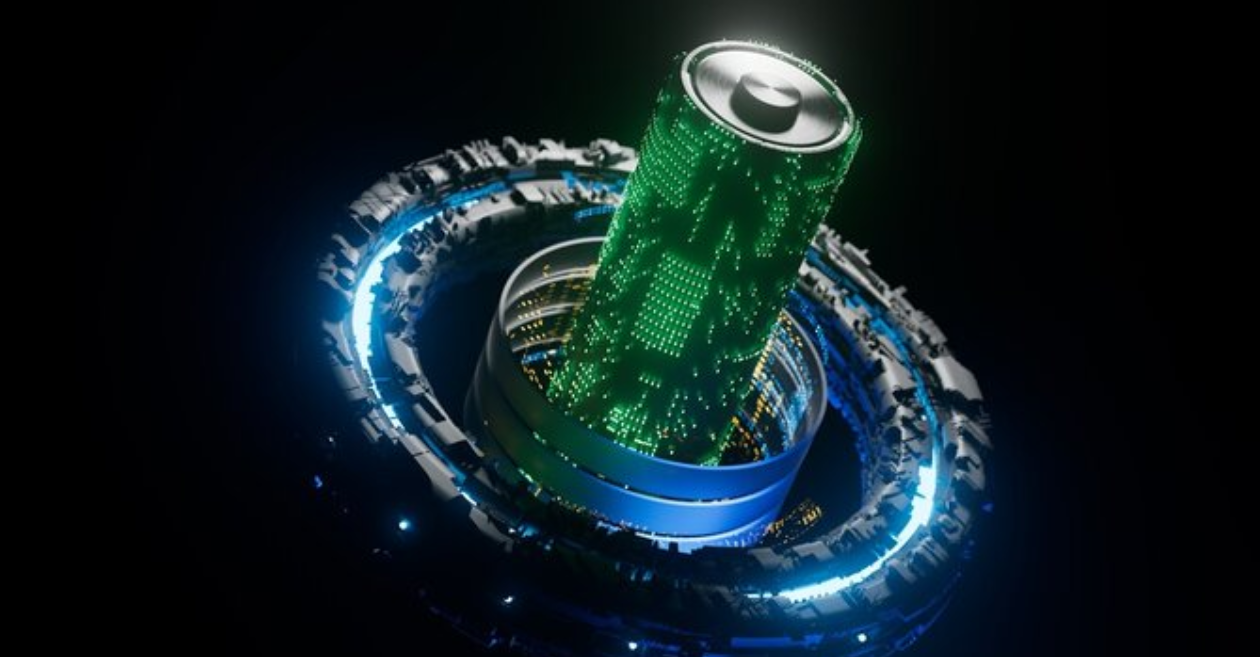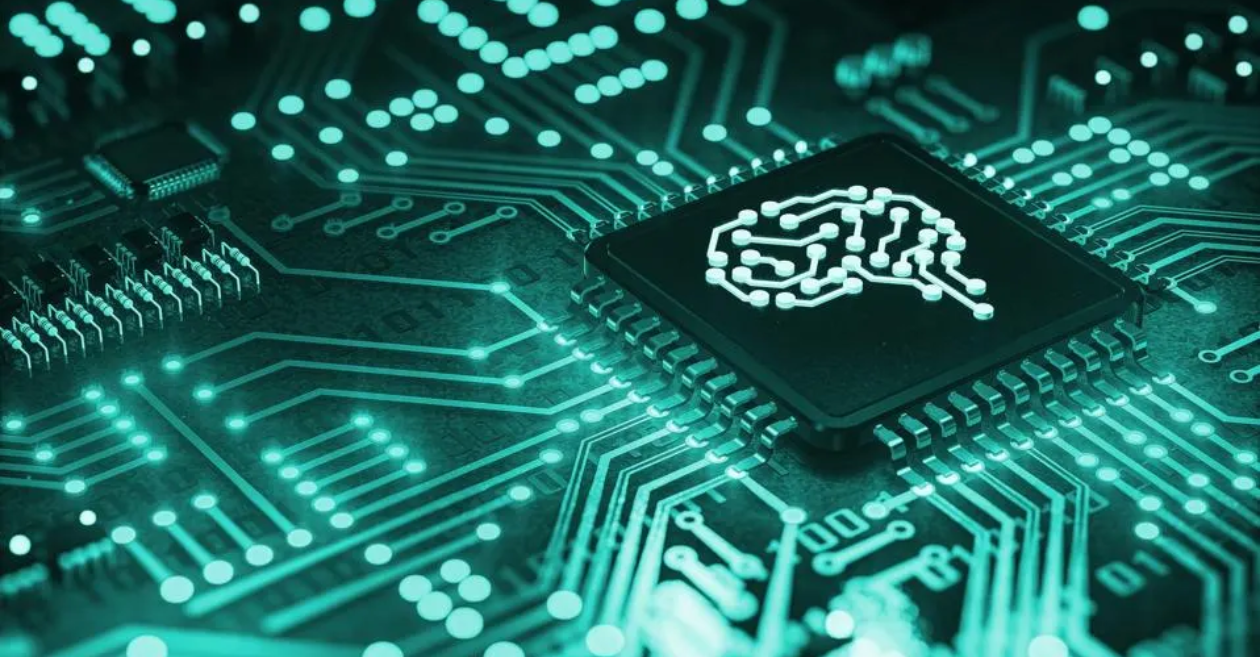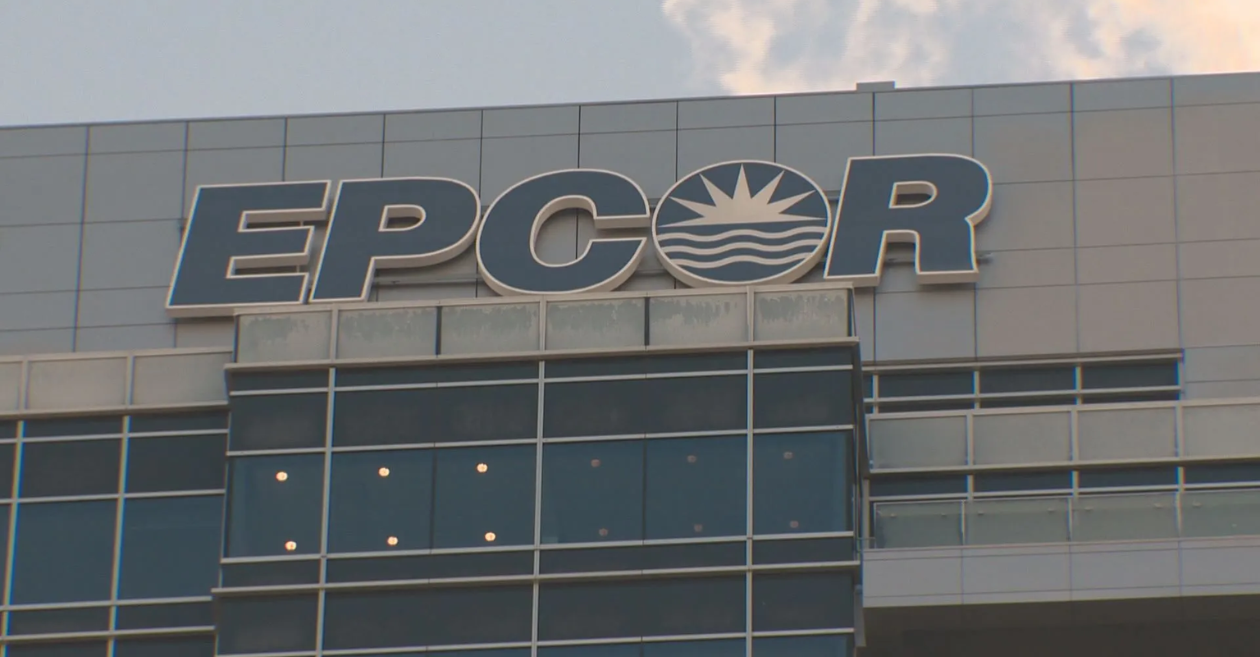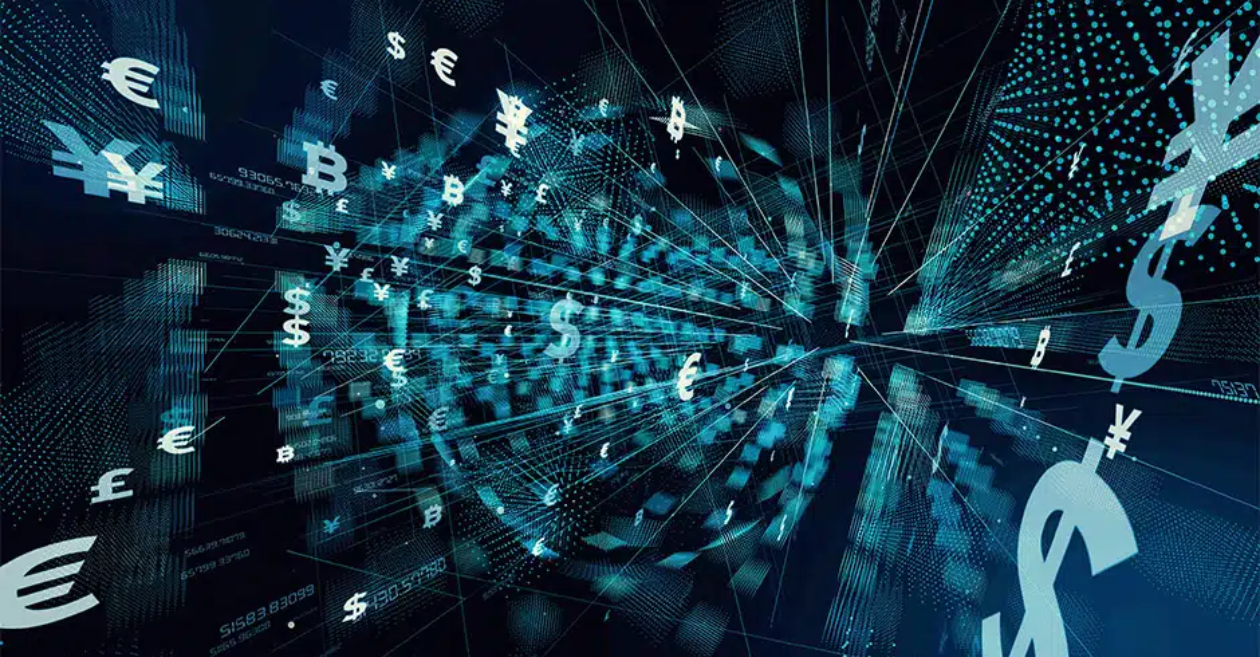


In a world increasingly powered by lithium-ion batteries, the soaring demand for these power-packed energy storage units begs the question: Why is lithium-ion so expensive? Let's dive into the nitty-gritty of this electrifying mystery and uncover the factors that contribute to the hefty price tag attached to these batteries.
Lithium-ion battery packs utilize metals that have limited availability on planet earth. As a result, they are quite expensive. The list includes metals like lithium, nickel, manganese and cobalt. These are not as abundant as other metals like iron or aluminum.
These metals are needed in their purest form, which increases their production cost. Advanced processes are used to refine these metals and convert them into high-purity chemical compounds.
On average, lithium-ion batteries cost $156 per kilowatt hour. That’s quite expensive, even though prices have come down over the years. If we consider an electric car with 100 kWh lithium-ion battery pack, its battery alone will cost more than USD 15,000 at current rates. To bring the cost of EVs at par with fossil-fuel vehicles, the battery cost has to be below $100 per kilowatt hour. It’s only then that mass adoption of EVs can be a possibility.
The fundamental ingredient in lithium-ion batteries is, unsurprisingly, lithium. However, the extraction and processing of lithium are not as straightforward as one might think. Most lithium reserves are concentrated in a handful of countries, leading to supply chain vulnerabilities. Additionally, the extraction process itself is energy-intensive, further contributing to the overall cost.
| Country | Lithium Reserves (tons) | % of Global Reserves |
| Australia | 2,800,000 | 44% |
| Chile | 2,000,000 | 32% |
| China | 1,100,000 | 18% |
| Argentina | 600,000 | 10% |
As the demand for electric vehicles (EVs) and renewable energy storage skyrockets, so does the demand for lithium-ion batteries. The delicate equilibrium between supply and demand plays a pivotal role in determining the pricing of these batteries. With the automotive industry's transition to electric, the pressure on lithium-ion production is higher than ever, creating a seller's market.
| Year | Electric Vehicle Sales (millions) | Lithium-Ion Battery Production (GWh) |
| 2020 | 1.7 | 230 |
| 2022 | 3.5 | 480 |
| 2024 | 6.0 (estimated) | 850 (estimated) |
Lithium-ion battery technology is in a perpetual state of evolution. While this results in improved energy density and performance, it also comes with a price. Research and development costs are significant contributors to the overall expense of lithium-ion batteries. Innovations such as solid-state batteries, although promising for the future, are currently expensive to produce.
Environmental regulations and sustainability concerns have added an extra layer of complexity to lithium-ion battery production. The push for eco-friendly practices, such as responsible mining and recycling, comes with associated costs. Companies investing in ethical and environmentally conscious approaches find themselves grappling with higher production expenses.
Lithium-ion battery production is intricately linked to global economic conditions. Fluctuations in currency exchange rates, inflation, and geopolitical instability can disrupt supply chains and increase manufacturing costs. The interconnected nature of the global economy means that external shocks can reverberate through the lithium-ion industry.
To visualize the cost breakdown of a lithium-ion battery, consider the following simplified infographic:
| Raw Materials | 35% |
| Lithium | 20% |
| Cobalt, Nickel, and Other Materials | 15% |
| Production and Manufacturing | 30% |
| Labor | 10% |
| Energy Costs | 15% |
| Research and Development | 5% |
| Environmental Compliance | 10% |
| Global Economic Factors | 15% |
| Profit Margin | 10% |
In the electrified future, we envision, the cost of lithium-ion batteries remains a critical consideration. The intricate interplay of raw material availability, supply and demand dynamics, technological advancements, environmental concerns, and global economic factors all contribute to the shocking reality of why lithium-ion is so expensive. Understanding these factors is not just about satisfying curiosity; it's about acknowledging the challenges and working towards sustainable solutions. As we strive for a greener and more electrified tomorrow, finding ways to optimize production and reduce the costs of lithium-ion batteries becomes paramount. Only then can we truly unlock the potential of a world powered by clean and efficient energy.
The intricate process of extracting lithium, coupled with high demand from the electric vehicle industry, contributes to the elevated cost.
Continuous technological advancements, though beneficial for performance, increase research and development costs, making the batteries pricier.
Embracing eco-friendly practices, such as responsible mining and recycling, adds extra costs to lithium-ion production in line with sustainability goals.
Fluctuations in currency exchange rates, inflation, and geopolitical instability can disrupt supply chains and raise manufacturing expenses.
Raw materials constitute 35%, production and manufacturing 30%, environmental compliance 10%, global economic factors 15%, and a profit margin of 10%.

Are you looking for a comfortable and

In a world full of amazing technology

In today's fast-moving tech world, Br

In the world of utilities, EPCOR shin

In the confusing world of money and i

In a world where danger feels close,
Trash to treasure: How Google thinks
Spring Fashion Show at the University
Matter of Impact: April updates from
Android Enterprise security delivers
We are not gonna make spamming
Copyright By@TheWebTrends - 2023
BACK TO TOP